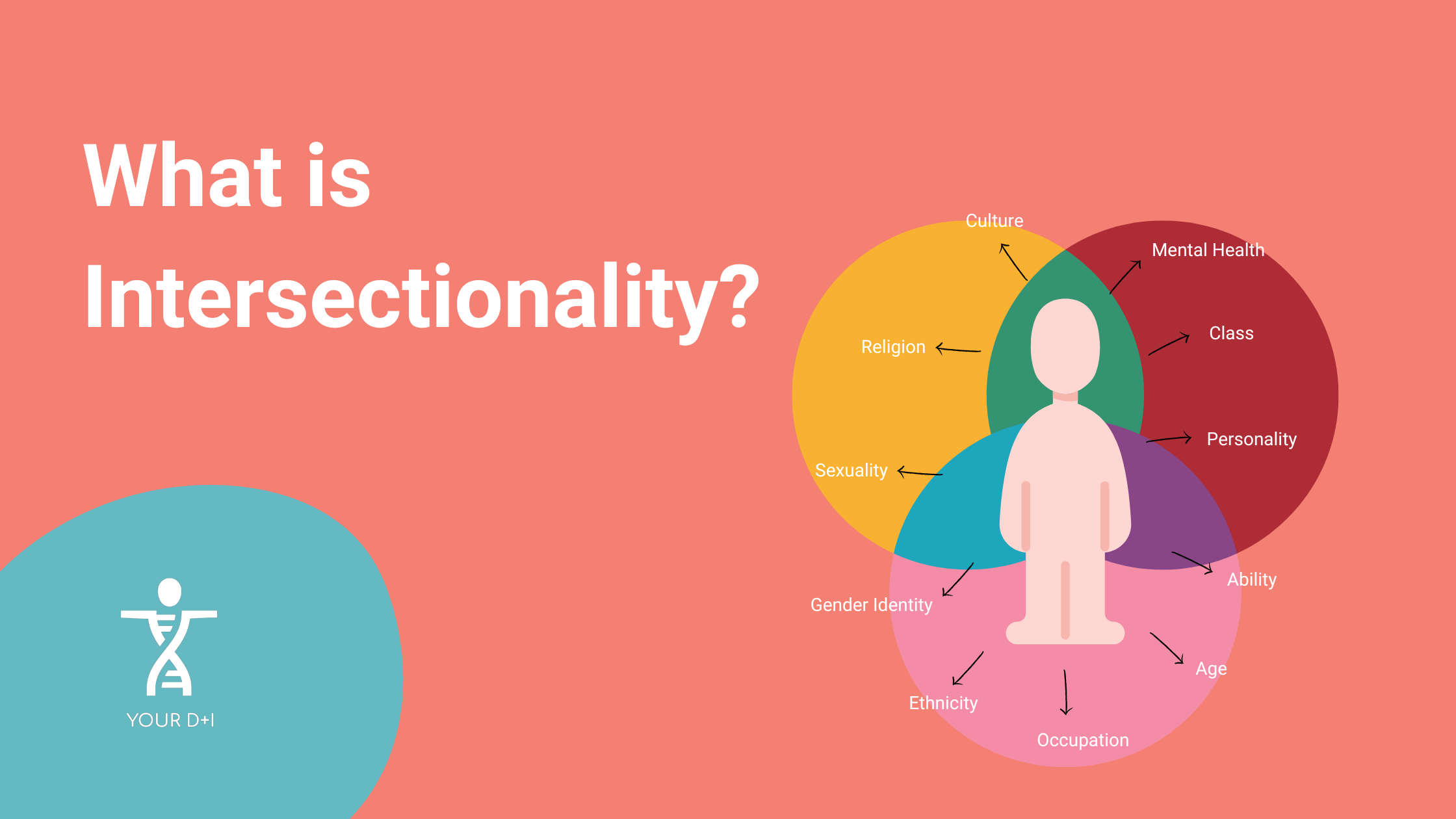Intersectionality in its simplest terms is the theory that race, class, gender, sexual orientation and other social factors overlap creating multiple layers of oppression. How does intersectionality not only relate to you but shape the prejudices that we may face?
What is Intersectionality?
Inequalities based on gender, race, sexual orientation, ethnicity, class, religion intersect creating complex dynamics of discrimination. All of these need to be addressed and identified so one form of inequality doesn’t prevent another from being dismissed.
The term intersectionality was first coined by Kimberlé Crenshaw, law professor and social theorist. Her 1989 paper focused on how the oppression that black women face has to also include the intersection of womanhood and being a black woman. The theory originally surfaced in the 1960’s when many black women struggled to identify with the middle-class feminist movement in the mainstream. Being a homemaker wasn’t a luxury that most black women could identify with, many still had to work to support their families. Sexisim was also something that they faced in the Civil Rights Movement, the intersectional divide of facing racism and sexism encouraged black women to call for a feminist practice that united them.
"Intersectionality is a metaphor for understanding the ways that multiple forms of inequality or disadvantage sometimes compound themselves and create obstacles that often are not understood among conventional ways of thinking."
Kimberlé Crenshaw Tweet
Why is Intersectionality Important?
To identify a person by one factor without taking into consideration overlapping identities can be segregating for equality. Presuming that a group of people think or feel a specific way is not only a stereotype but can be damaging. For example, stating that all “LGBTQIA+” people believe in the same things or share the same opinions. We are all unique and care about different issues, this is what shapes us. This is why intersectionality enables us to listen to others and have conversations about different points of view.
How Does it Relate To Me?
Privilege is power. Think about your socioeconomic status, how do your social identities and others impact the discriminations that you do or don’t face. This goes beyond race, think about your class, education, etc and how someone else’s disadvantage may be your privilege.
Intersectional justice is achieved via institutional, political and structural changes. Opportunities, education, wealth, housing, media are not equal among societies. We need to look at fair and equal changes identified by both privilege and disadvantage. This is something that may relate to you directly or something that you have witnessed.
Think about the following actions and how you can not only recognise intersectional injustice but how to be more of an intersectional ally. Whether it directly or indirectly relates to you.
Points of View
Listen, listen, listen! Surround yourself with people who have interlocking identities and hear what they have to say if and when they choose to talk about it. Research is key and by reading, listening and watching narratives that are intersectional, your understanding will be greater to contribute in intersectional conversations.
Avoid Ableist Language
Try to move away from using language that relates to a singular identity. Don’t presume that your experience is a baseline for everyone else’s and call out offensive language.
Stand Up or Pipe Down
Think about the environments you occupy. Is there representation of someone who identifies by more than one socio-economic factor? For example, you may be in a LGBTQIA+ space but there may be no representation of people of colour.
Don’t be afraid to speak up on specific issues but also assess whether you’re the right person to do so. Don’t speak for or over those that have direct and lived experience.
Intersectionality is important to recognise and address in the workplace. Making changes to better understand someone’s experience and oppression that they may face. Having open conversations and educating ourselves will enable us to break these barriers. See Harvard Business Review’s Approach to Inclusion at Work for more ways to introduce intersectional equity in the workplace. Get in touch with us to have a chat about intersectionality and how we can help.

